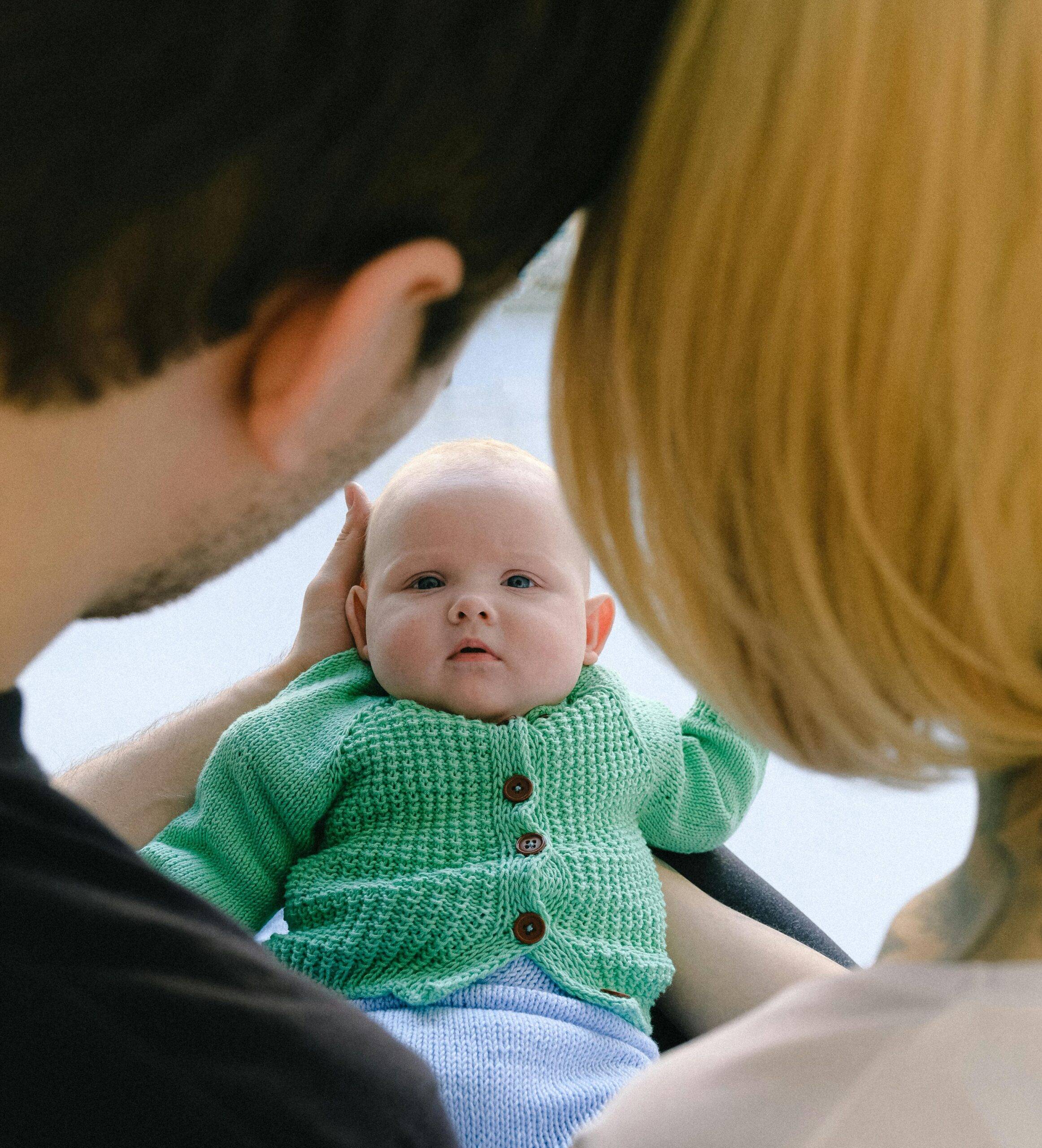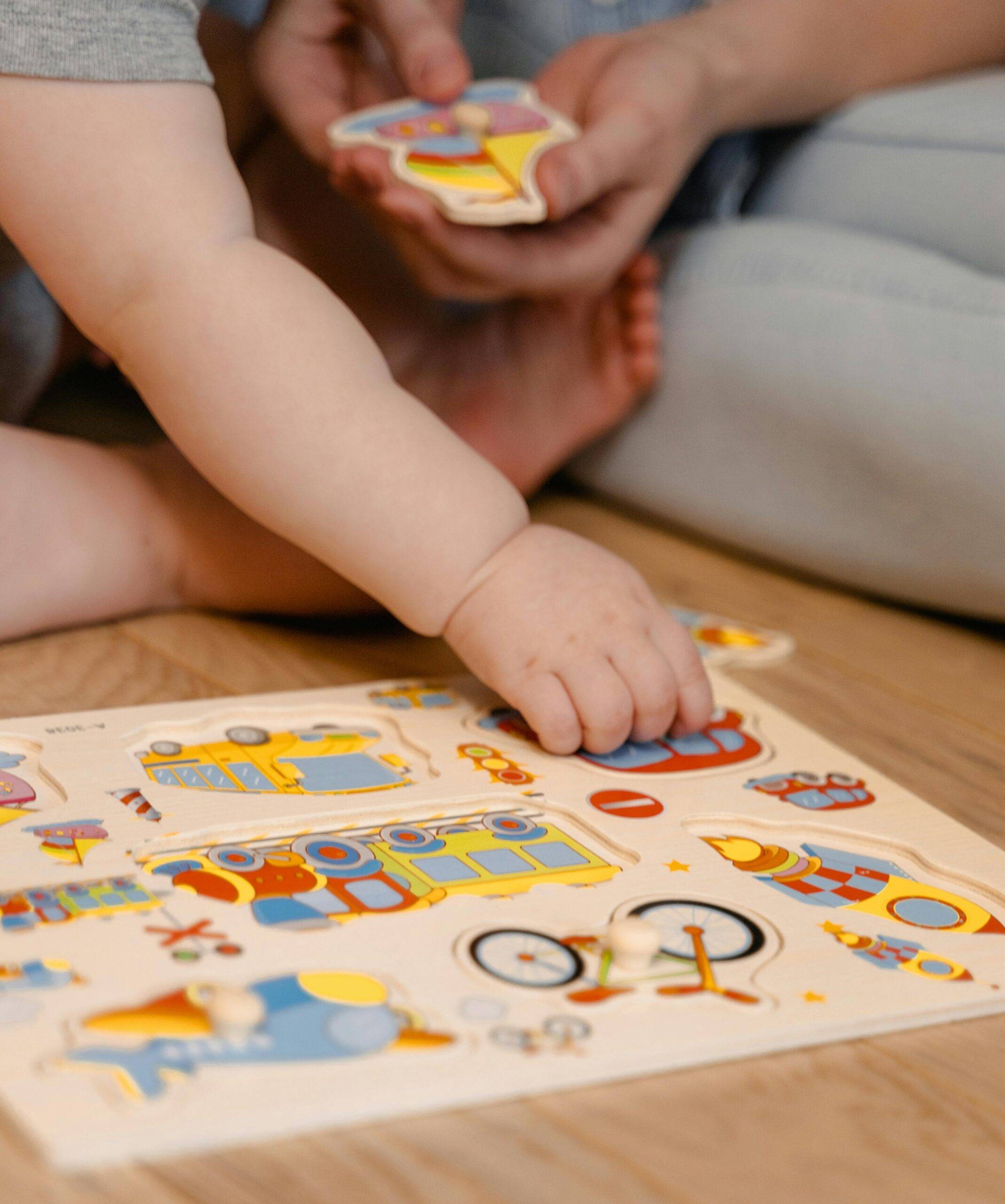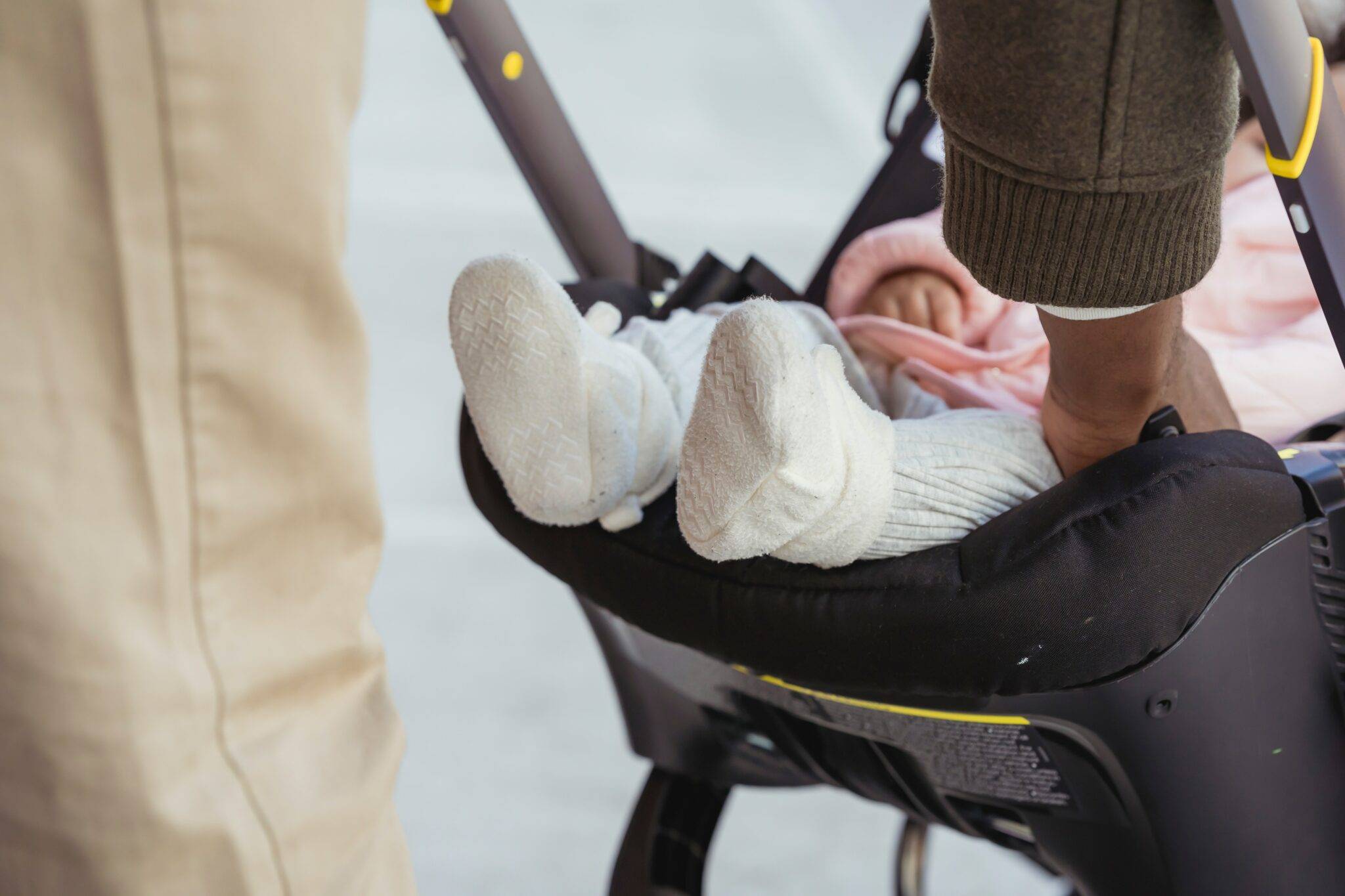Why Recognizing Baby Flu Symptoms Early Can Make All the Difference

The flu—also known as influenza—isn’t just a common cold. For babies, it’s a serious and potentially dangerous illness. Unlike older children or adults, infants often show flu symptoms that are subtle, unusual, or easy to miss. That’s why early recognition is so important.
As a parent or caregiver, knowing what to look for can help you catch the flu symptoms early and get your baby the care they need before it becomes more serious. This guide is designed to walk you through the most common—and the most concerning—flu symptoms in babies and explain when to seek medical help.
Understanding these flu symptoms could be the key to protecting your baby from serious complications like pneumonia or dehydration. So let’s dive in and learn how to recognize and respond to baby flu symptoms before it takes hold.
What is Influenza? (and how babies catch it)

Influenza, or the flu, is a highly contagious illness that affects the nose, throat, and lungs. It’s caused by a group of viruses called influenza viruses. While it might seem like just a bad cold, the flu can be much more serious—especially for babies and young children. The flu spreads easily from person to person.
When someone with the flu coughs, sneezes, or even talks, tiny droplets filled with the virus fly into the air. If these droplets land in your baby’s nose, mouth, or eyes—or if your baby breathes them in—they can become sick. The virus can also live on toys, doorknobs, or tabletops.
If a baby touches something with the flu virus and then touches their face, they can catch the flu that way, too. It’s so important to keep your baby away from people who are sick and to wash hands and surfaces often. The flu is sneaky—but knowing how it spreads is the first step to keeping your little one safe.
Why the Flu is Dangerous for Babies
The flu can be tough on anyone—but for babies, especially those under 6 months old, it can be downright dangerous. That’s because infants have immature immune systems. Their bodies haven’t yet learned how to fight off infections like the flu virus, so they get sicker more easily and recover more slowly.
Why Babies are at Higher Risk
Babies are more likely to develop serious flu complications, even from mild symptoms. They can’t tell us how they feel, and the illness can take a sudden turn for the worse.
Common and Serious Flu Complications in Infants
Here are some of the serious problems the flu symptoms can cause in babies:
- Pneumonia: A lung infection that makes breathing hard and can become life-threatening if not treated quickly.
- Bronchitis: Swelling in the airways that causes a deep cough and trouble breathing.
- Ear Infections: The flu can lead to fluid buildup in the ears, which often causes pain and fever.
- Sinus Infections: Babies can develop swollen, infected sinuses, leading to congestion and discomfort.
In many cases, these complications require hospitalization, especially if the baby is very young or already has other health conditions. Hospitals provide fluids, oxygen, and medications to help babies recover safely.
Knowing that your baby is more vulnerable to these flu dangers means you can be quicker to act—and more prepared to protect them.
Recognizing Flu Symptoms in Babies
Identifying flu symptoms in infants can be challenging, as they cannot communicate their discomfort. However, certain signs can indicate a flu infection:
- Fever: A sudden high fever is common. In infants, a rectal temperature of 100.4°F (38°C) or higher is considered a fever.
- Cough: Persistent coughing that may be dry or produce mucus.
- Runny or Stuffy Nose: Nasal congestion or discharge, often more severe than with a common cold.
- Body Aches: General discomfort, leading to increased fussiness or irritability.
- Poor Feeding: A noticeable decrease in appetite or refusal to eat.
- Vomiting or Diarrhea: More prevalent in children than adults with the flu.
- Lethargy: Unusual sleepiness or decreased activity levels.
Not all babies will exhibit every flu symptom, and the severity can vary.
When to Seek Medical Attention (Urgent Signs)
While some flu symptoms can be managed at home, certain signs require immediate medical attention:
- Difficulty Breathing: Rapid breathing, wheezing, or noticeable effort in breathing (such as chest retractions).
- Bluish Lips or Face: Indicates a lack of oxygen and requires emergency care.
- Dehydration: Signs include fewer wet diapers, absence of tears when crying, dry mouth, and sunken eyes.
- Unresponsiveness or Lack of Interaction: Baby is unusually quiet, unresponsive, or difficult to wake.
- Fever with a Rash: Could indicate a more serious infection.
- Symptoms Improve but Then Return Worse: A resurgence of symptoms can signal complications.
- Any Fever in a Baby Under 3 Months Old: Immediate medical evaluation is essential.
If any of these symptoms are observed, contact your pediatrician or seek emergency medical care promptly.
Diagnosis and Treatment: What to Do If You Think Your Baby Has the Flu
When your baby shows signs of the flu, it’s normal to feel worried—but quick action can make all the difference. Getting a proper diagnosis and starting treatment early can help your baby feel better faster and avoid serious problems.
How Doctors Diagnose the Flu in Babies
Most pediatricians can diagnose the flu based on your baby’s symptoms and health history. Common signs like fever, cough, fussiness, and poor feeding give helpful clues. To confirm the diagnosis, your doctor may perform a Rapid Influenza Diagnostic Test (RIDT).
RISR involves a gentle swab of your baby’s nose or throat and can give results in just 15-30 minutes. Early diagnosis is key because some treatments work best when started quickly—usually within the first 48 hours.
Treatment Options for Baby Flu
1. Antiviral Medications
Your pediatrician may prescribe an antiviral medicine like oseltamivir (Tamiflu). This medication helps fight the flu virus and can shorten the length and severity of the illness. It’s most effective when given within 48 hours after symptoms begin.
Your doctor will decide if it’s right for your baby based on age, weight, and how sick they are.
2. Supportive Care at Home
There’s no “cure” for the flu, but supportive care can make your baby feel more comfortable while their body fights the virus:
- Keep them hydrated: Offer breast milk, formula, or small sips of water frequently.
- Manage fever: Use acetaminophen (Tylenol) for babies over 2 months old, but always check the correct dose with your pediatrician.
- Create a cozy rest space: Keep the room quiet, comfortably warm, and use a humidifier to ease breathing.
3. Important Warning: Never Use Aspirin
Never give aspirin to children or infants. It can lead to a dangerous condition called Reye’s syndrome, which affects the liver and brain.
When in Doubt, Call Your Pediatrician
Even if symptoms seem mild, it’s always a good idea to check with your child’s doctor. Every baby is different, and what seems like a small problem can turn serious quickly. Remember, trusting your instincts and acting early is one of the best ways to protect your baby’s health.
Prevention Starts with Protection: Why the Flu Vaccine Matters for Your Baby
When it comes to keeping your baby safe from the flu, vaccination is the strongest defense. The flu virus changes every year, and babies—especially those under 6 months—are at the highest risk for serious illness. That’s why flu prevention starts with the people around your baby.
The Importance of Flu Vaccination
The flu vaccine is recommended for everyone aged 6 months and older. It doesn’t just protect the person getting the shot—it helps stop the spread of the flu virus to others, including the most vulnerable: babies.
But here’s the catch: babies under 6 months can’t get the flu shot. Their only protection is the people around them. This is why it’s so important for parents, siblings, caregivers, and even regular visitors to get vaccinated every year. This creates a protective barrier, called “cocooning”, that helps keep your baby safe.
Flu Vaccine Guidelines for Kids
If your child is getting the flu vaccine for the first time and is between 6 months and 8 years old, the CDC recommends: Two doses, given at least 4 weeks apart, for the best protection. For children (and adults) who have had the vaccine before: One annual flu shot is usually enough.
Each year, flu strains can change, so everyone in your family must get vaccinated every flu season—even if they had a flu shot the year before. Not sure when or how your child should get vaccinated? Talk to your pediatrician—they can help you set the right schedule based on your child’s health and age.
🛡️ Tip: Pregnant moms should also get vaccinated to pass flu protection to their unborn baby—one more way to keep your little one safe.
Stay Ahead of Baby Flu—Act Fast, Stay Safe

Recognizing flu symptoms in infants isn’t just helpful—it can be life-saving. The flu can move quickly in babies, so knowing what to look for gives you an edge. Monitor for signs like a high fever, a strong or persistent cough, a runny nose, increased fussiness, poor feeding, vomiting, diarrhea, and excessive sleepiness.
These are all common baby flu symptoms and should never be ignored. If your baby shows urgent signs—like fast or difficult breathing, bluish lips or face, dehydration (fewer wet diapers, dry mouth, sunken eyes), or becomes unusually quiet or hard to wake—get medical help.
Remember, any fever in a baby under 3 months old is an emergency and requires immediate medical attention. When it comes to prevention, the flu vaccine is your strongest shield.
Since babies under 6 months can’t get the shot, it’s critical that parents, siblings, and caregivers are all vaccinated annually. Practicing good hygiene—like frequent handwashing, sanitizing surfaces, and keeping sick people away—adds another layer of protection.
Finally, never hesitate to reach out to your pediatrician if you’re unsure about your baby’s symptoms. When it comes to infant health, trust your instincts and act quickly; it makes all the difference.
For more information on infant health and flu prevention, visit Omega Pediatrics.
- 9 Flu Prevention Tips for Kids: Keep Your Child Healthy During Flu Season
- When Can A Newborn Baby Go Outside? 5 Essential Tips for Baby’s Safety



